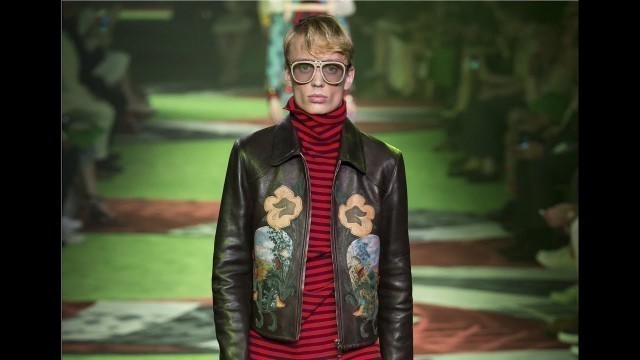

14:17
Sep 25, 2023
0
0
'Subscribe to the channel & follow www.twitter.com/leo_gamero for the latest on fashion shows and news. Gucci Spring 2017 Menswear MFW from Vogue.com MILAN, JUNE 20, 2016 by ALEXANDER FURY The notion of travel is emerging as something of a fixation for the Spring 2017 menswear season. Maybe it’s the current state of endless fashion flux, caused by the stretch of the peripatetic Resort collections. Eighteen days ago, Alessandro Michele was in London unveiling his own for Gucci in the cloisters of Westminster Abbey, traveling to Rome the next day to oversee this, his final stand-alone menswear show. “I hate to travel,” he confessed backstage. How strange for one involved in fashion, for whom travel, if not always physical, is certainly ideological, from idea to idea, aesthetic to aesthetic. The latest Gucci collection, then, was about the dream of travel rather than its actuality. “You can travel in different ways,” mused Michele. “With a book, you can travel. If I change the tapestry of my chair, I sit and I travel.” Presumably that also applies to your clothing; change into a jacket scrolled with Asiatic embroideries, with dragons or tigers or even Disney characters, and you’re dressed in a different place. Or maybe a different time. The 13th-century travelogue of Marco Polo, Il Milione, was a reference Michele threw out backstage. The veracity of Polo’s travels to Cathay and Manji, now comprising China, have been much challenged, his visions credited to the fabulosity of his imagination rather than the accuracy of his reporting. Michele can be accused of the same, which is no matter. The fabulosity of Michele’s clothes, scrambling place and time, can be seen as his own imaginary travelogue, a fantasy of the foreign, colliding cultures, mixing references, and creating a hybrid that speaks of the here and now. That’s an interesting notion. Michele emblazoned clothes with the slogan Modern Future. Which was ironic, given the retrospective slant constantly evident in his designs. He said backstage that they were words he didn’t understand. Which was ironic in another way, because for many what Michele is doing at Gucci is the future. For instance, his habit of showing menswear mixed with womenswear, and vice versa, is causing a shift that may prove to be seismic. Other designers have followed suit, folding their men’s shows into women’s. There is obviously a budgetary element, although as Gucci is on course to top 4 billion euros in revenue this year, it’s probably not as huge a consideration as you’d think. Creatively, it makes perfect sense for Michele. And probably will for other designers too, given that the other part of a Gucci show—the actual garments, that magpie trawl through eras and aesthetics—has become the defining fashion look of the moment. Imitation being the sincerest form of flattery. Talking about the overall clothing Gucci shows these days feels futile: You either devote it too little space or too much. You can’t easily summarize a coat, say, that combines the all-American embroidery of Donald Duck with a Japonism Hokusai scene, cut like a swaggering officer’s greatcoat, especially when it’s preceded by a military braided cheongsam jacket and followed by a beaded bomber atop bleached-out punk jeans. Polo, to his dying day, declared of his Asiatic travels: “I did not tell half of what I saw.” You feel the same reviewing a Gucci show amid the struggle to record the multiple textures, treatments, and ideas crammed into each presentation. And it’s nigh impossible to connect those disparate looks to one another. Michele probably doesn’t even want you to. He’s a champion of the individual, and while no man is an island, Michele’s outfits each stand alone, like fragments of a national costume from some forgotten land. This time there were at least a few sailors, too, to rig the whole thing, sporadically, together. The lush jade green of the venue, glowing, resembled vegetation, as if Michele’s men were emerging from the midst of an exotic jungle or some celadon-lined seraglio. Ultimately, it’s not about the actual garments but about that, about the image that results from the whole thing and its seductive power. Polo claimed he had witnessed world wonders that, probably, never existed, the unicorn being a good example. But his imagination was so rich and fertile, he got Europe to buy it. Michele’s doing the same. Like all great explorers, it’s guaranteed that many more will follow him. But remember, he got there first.'See also:

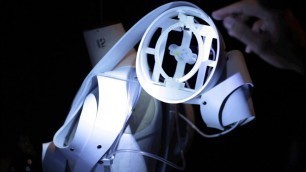
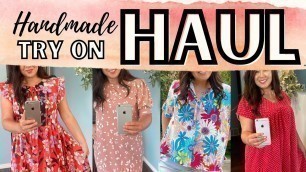

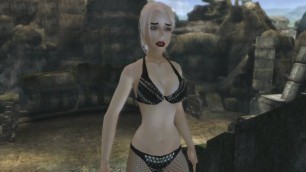


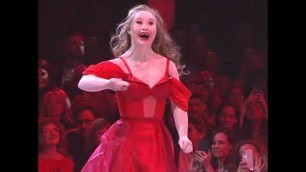
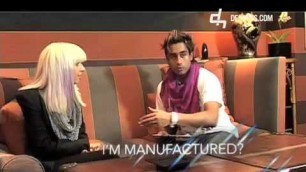
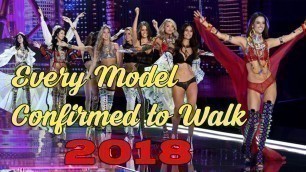

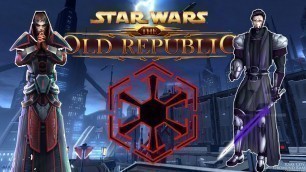






comments